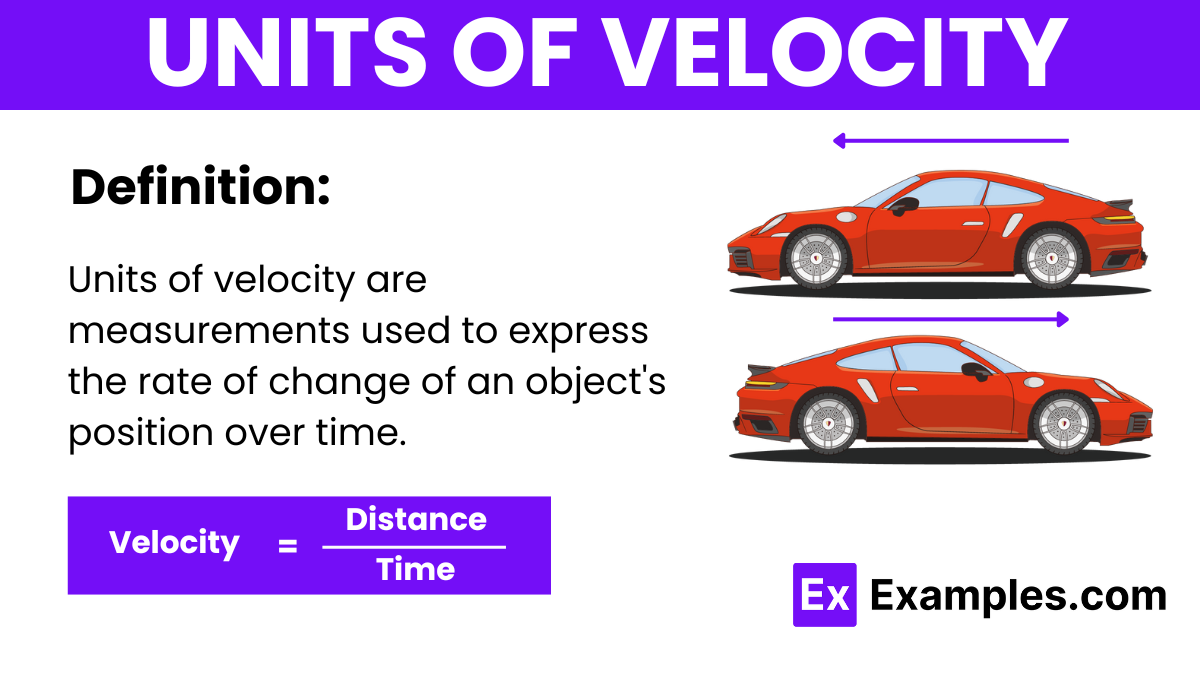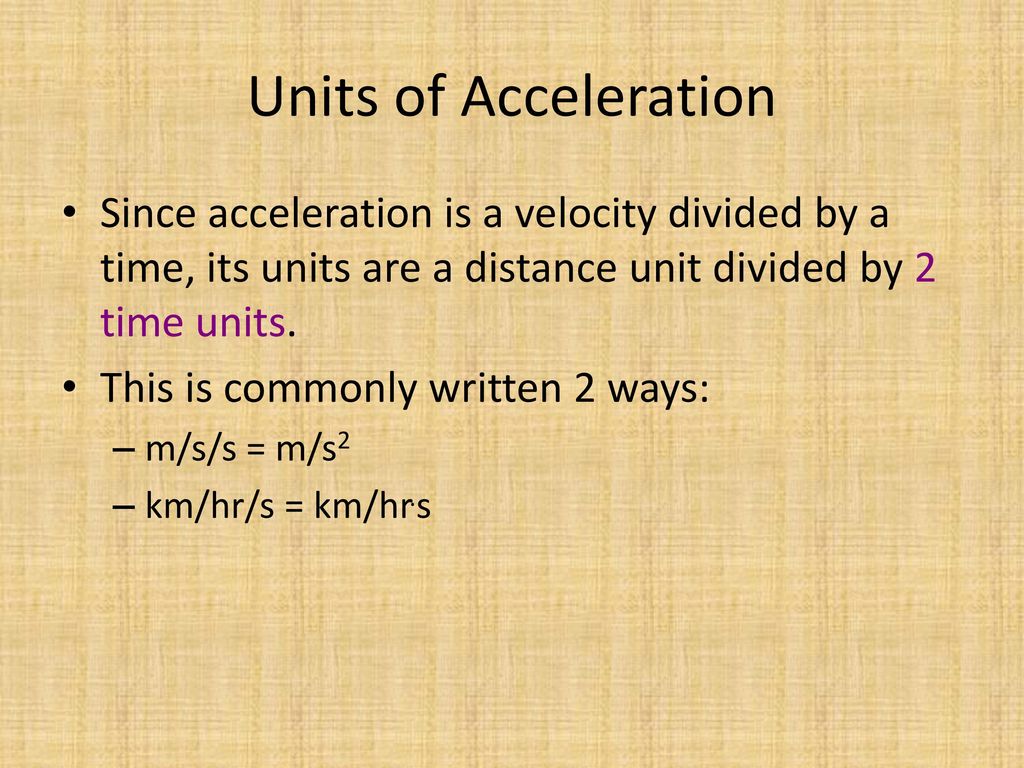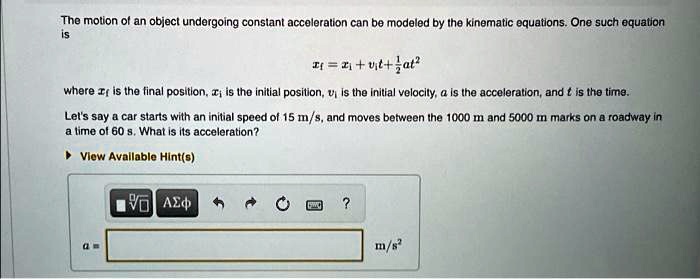In Which Of The Following Units Is Acceleration Expressed
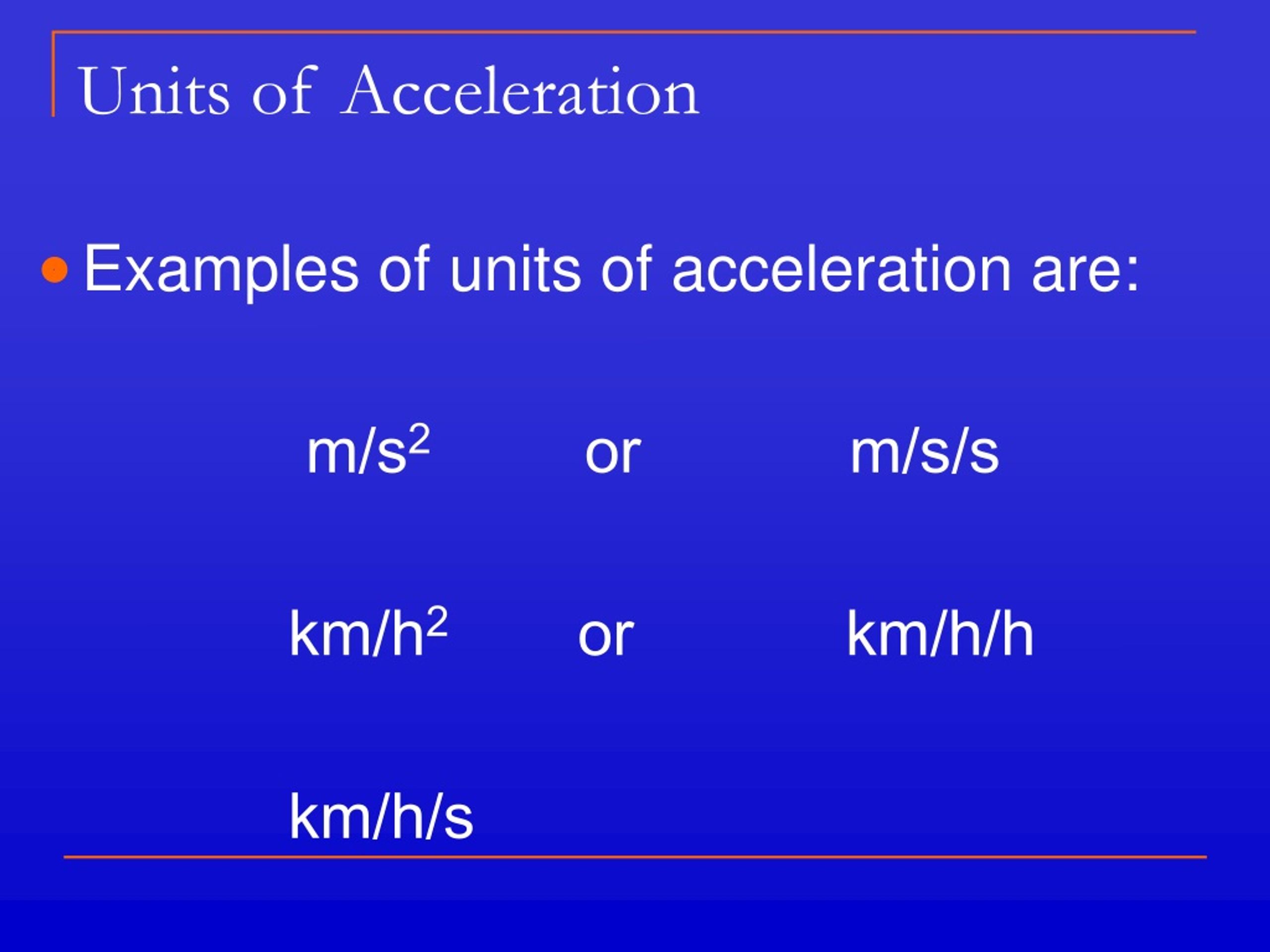
Imagine a roller coaster, slowly clicking its way up a steep incline. The anticipation builds, a knot forming in your stomach. Then, the sudden plunge, a rush of wind, and that exhilarating feeling of being pressed back into your seat. That sensation, that change in speed, that's acceleration at play – a fundamental concept we experience daily, often without realizing it.
This article dives into the heart of acceleration, specifically exploring the units we use to measure this important physical quantity. Understanding how acceleration is expressed, particularly in units like meters per second squared (m/s²), is crucial for grasping its significance in physics, engineering, and even our everyday lives. We'll unravel the meaning behind these units and their applications, making a seemingly complex concept accessible and relatable.
The Core Concept: What is Acceleration?
Acceleration isn't just about going fast; it's about changing how fast you're going. It's defined as the rate of change of velocity with respect to time. This means acceleration occurs whenever an object speeds up, slows down, or changes direction.
Think about a car speeding up to merge onto a highway. Or a bicycle slowing down as it approaches a stop sign. Or even the Earth constantly changing direction as it orbits the sun. All these scenarios involve acceleration.
Delving into the Units: Meters per Second Squared (m/s²)
The standard unit for measuring acceleration in the International System of Units (SI) is meters per second squared, often written as m/s². This unit might seem a bit abstract at first, but it's a logical way to quantify how velocity changes over time.
Let's break it down. Meters per second (m/s) is the unit of velocity – how far an object travels in a given amount of time. Acceleration, then, measures how much that velocity changes each second.
So, an acceleration of 1 m/s² means that the velocity of an object increases by 1 meter per second every second. If a car accelerates at 2 m/s², its speed increases by 2 meters per second each second. Therefore, after one second its speed has increased by 2 m/s, and after two seconds it has increased by a total of 4 m/s relative to its original speed.
Other Units of Acceleration
While m/s² is the standard, acceleration can also be expressed in other units, especially in specific contexts. These include:
Kilometers per hour squared (km/h²): This is less common but can be used when dealing with larger distances and speeds, particularly in vehicle-related contexts.
Feet per second squared (ft/s²): This is used in the imperial system, common in the United States, and represents the change in velocity in feet per second every second.
"g-force" (g): This isn't a direct unit of acceleration like m/s² or ft/s², but it's related. One g is equal to the acceleration due to gravity on Earth, approximately 9.8 m/s². G-force is often used to describe the acceleration experienced by pilots or astronauts.
"When dealing with accelerations of multiple g, the tolerance of the object or human being experiencing the acceleration is of importance, and hence is related to the perceived change in weight, not the rate of change of velocity."
The Importance of Understanding Acceleration
Understanding acceleration is vital in numerous fields. In physics, it's a fundamental concept in dynamics and kinematics, used to describe the motion of objects under the influence of forces. In engineering, it's crucial for designing vehicles, buildings, and other structures that can withstand the forces of acceleration.
In transportation, acceleration is a key performance metric for cars, trains, and airplanes. Knowing how quickly a vehicle can accelerate is essential for safety and efficiency. In sports, acceleration plays a significant role in the performance of athletes, from sprinters to race car drivers.
Even in our daily lives, an understanding of acceleration can help us make informed decisions. For example, knowing the acceleration capabilities of our car can influence our driving habits and help us avoid accidents.
Acceleration and Newton's Second Law
The concept of acceleration is inextricably linked to Newton's Second Law of Motion. This law states that the force acting on an object is equal to the mass of the object multiplied by its acceleration (F = ma). This equation highlights the direct relationship between force and acceleration.
A larger force will result in a larger acceleration, assuming the mass remains constant. Similarly, a larger mass will require a larger force to achieve the same acceleration. Newton's Second Law provides a framework for understanding how forces cause changes in motion, and acceleration is the key to unlocking this understanding.
Real-World Applications of Acceleration Measurement
The measurement of acceleration has many practical applications. Accelerometers, devices that measure acceleration, are found in smartphones, cars, and aircraft. They are used for a variety of purposes, including:
Navigation: Accelerometers can be used to track the movement of a vehicle or person, allowing for accurate navigation, even when GPS signals are unavailable.
Motion Detection: In smartphones, accelerometers detect changes in orientation, allowing the screen to rotate automatically. They are also used in fitness trackers to monitor activity levels.
Vibration Monitoring: In industrial settings, accelerometers can monitor the vibration of machinery, allowing for early detection of potential problems.
Concluding Thoughts
From the subtle shift as a train pulls away from the station to the powerful surge of a rocket launching into space, acceleration is a constant presence in our world. Understanding its units, particularly meters per second squared (m/s²), provides a powerful lens for analyzing and predicting motion.
By grasping this fundamental concept, we gain a deeper appreciation for the forces that shape our surroundings and the technology that helps us navigate them. So, the next time you feel that rush of acceleration, remember the underlying principles and the elegant way we measure this dynamic aspect of the universe.
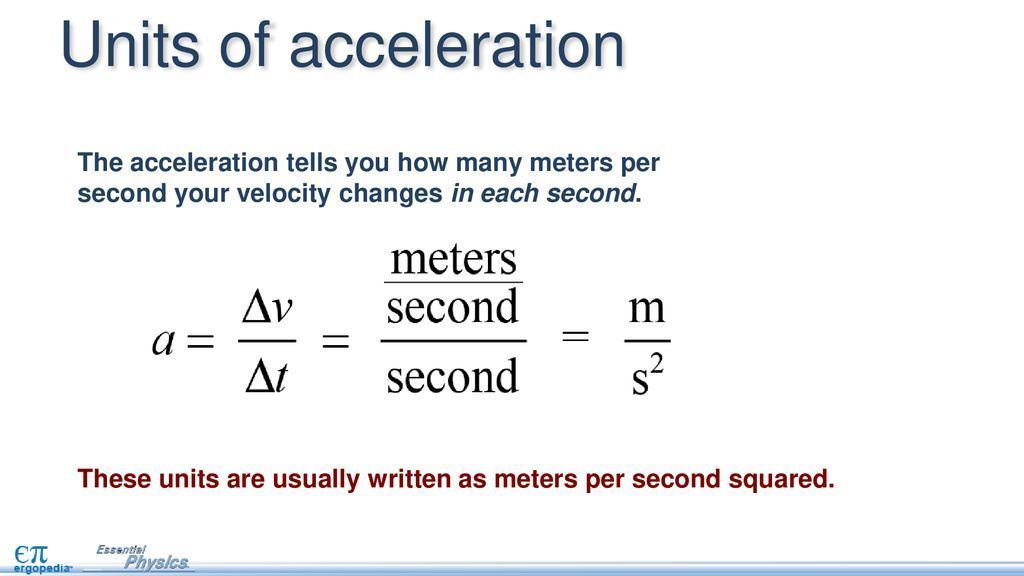

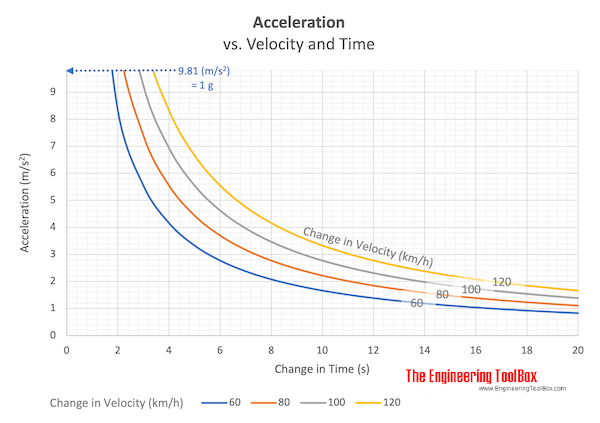

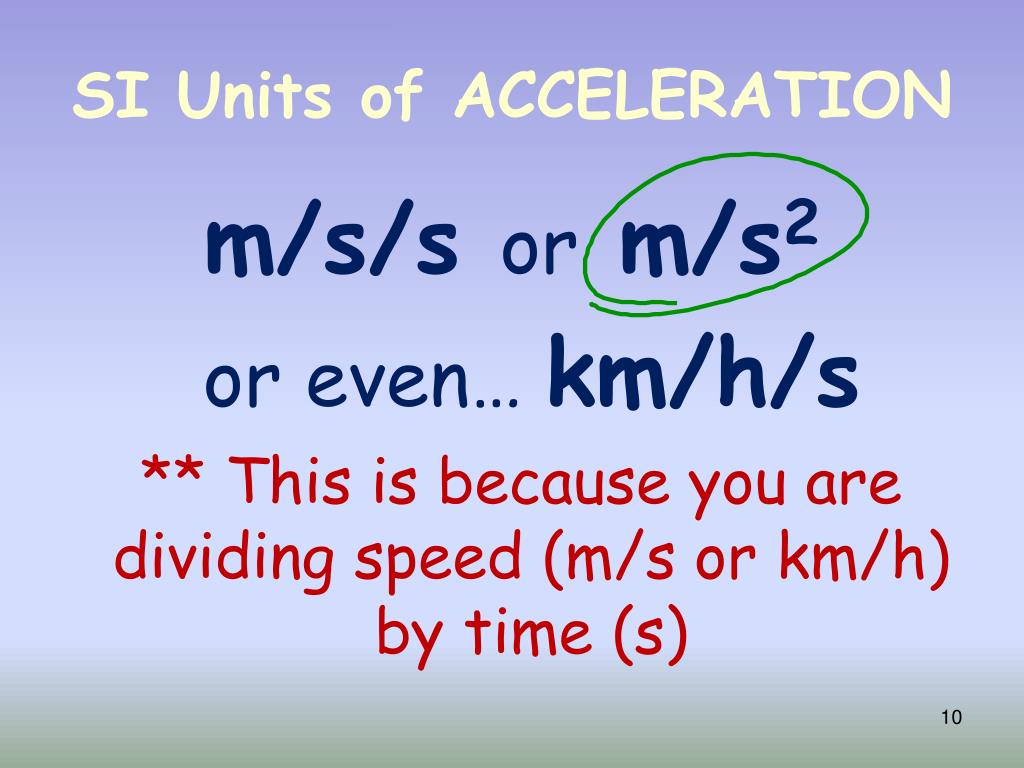

![In Which Of The Following Units Is Acceleration Expressed [FREE] Which of the following is the si unit of acceleration - brainly.com](https://media.brainly.com/image/rs:fill/w:750/q:75/plain/https://us-static.z-dn.net/files/d95/8009d8d092ef45084722376493240acc.png)


